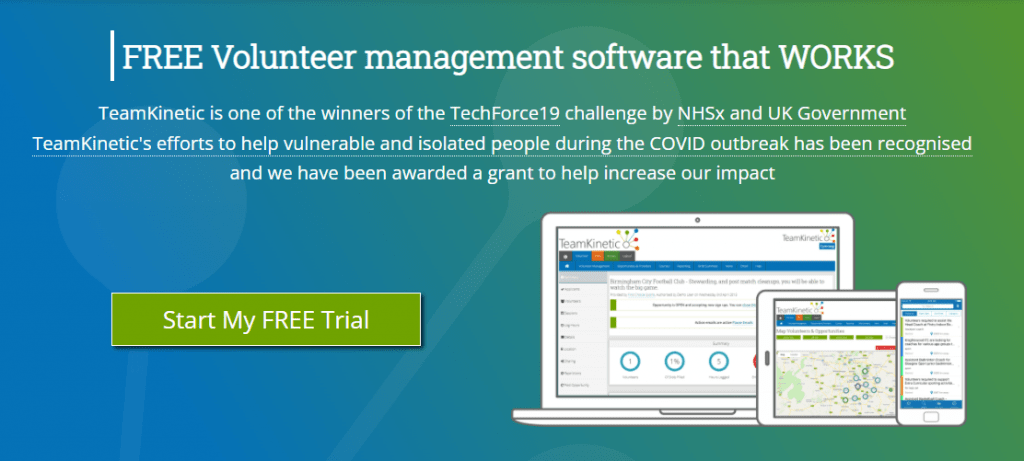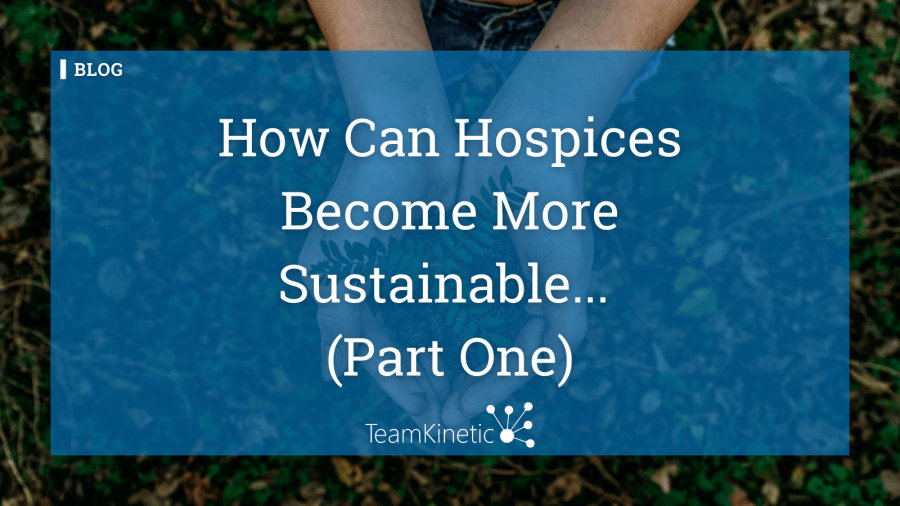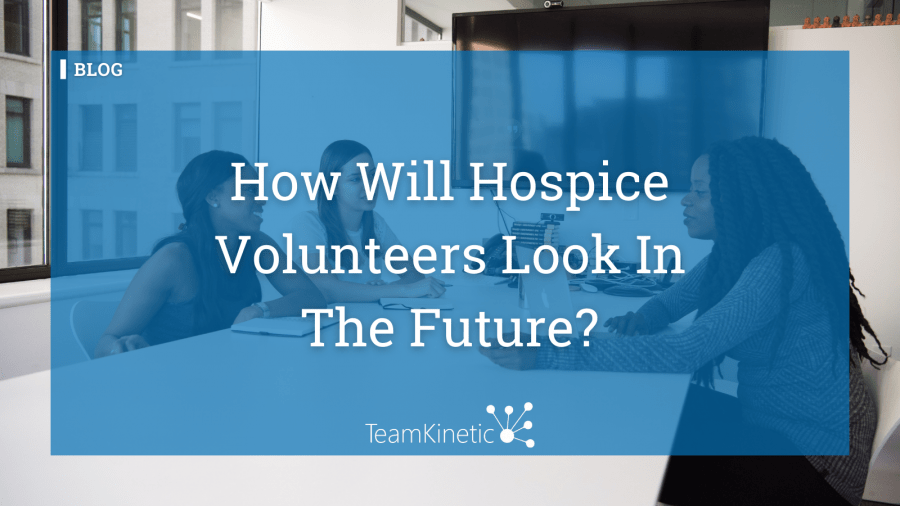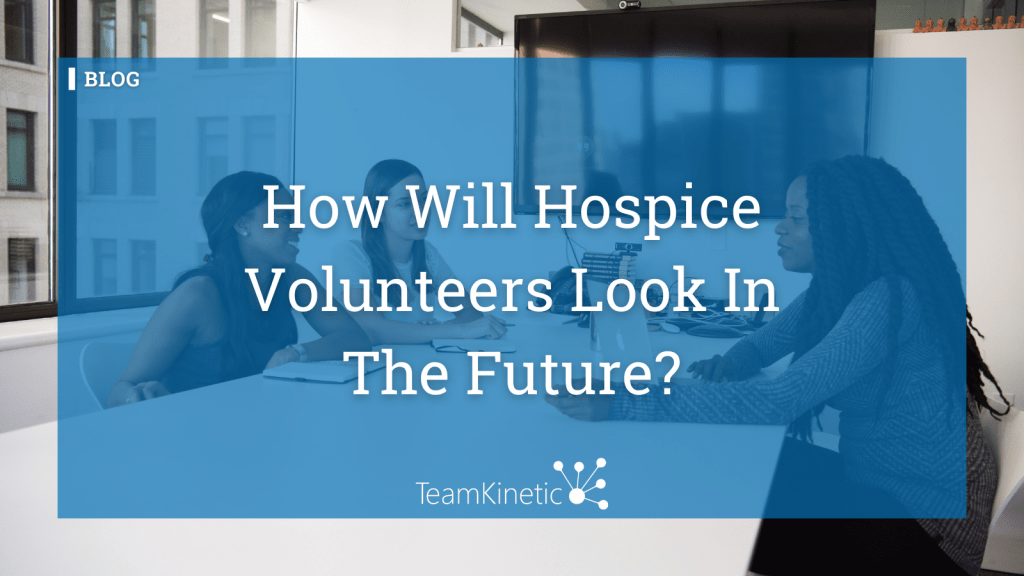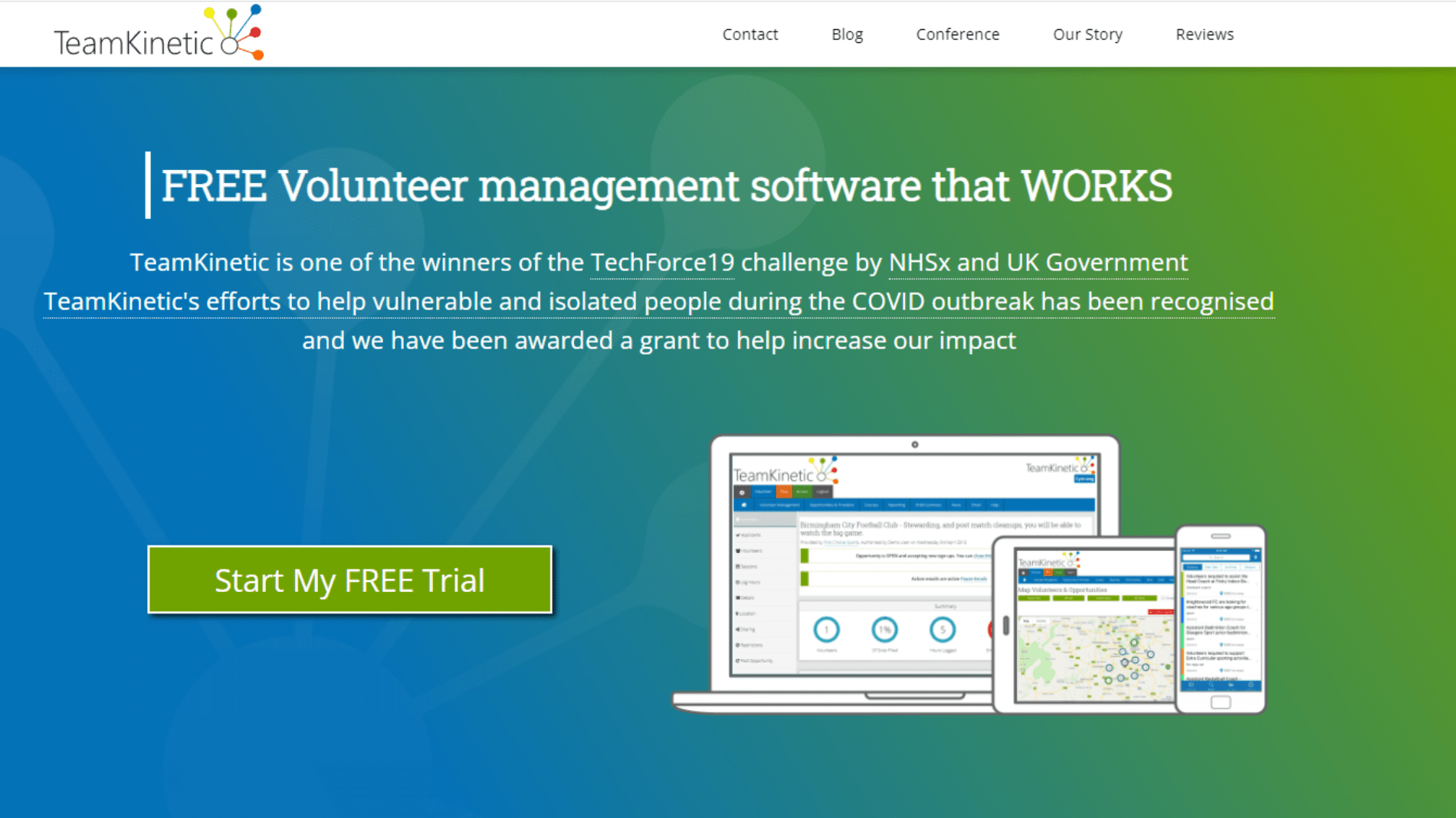Opportunity descriptions can make or break whether someone decides to volunteer for you. If a potential volunteer can’t find an opportunity that excites them, then they probably aren’t going to join you on your organisations journey.
With your descriptions you can describe to your volunteers, and potential volunteers what’s possible for them within your organisation- let them know how they can use their skills, talents and drive to add to something bigger than themselves.
Descriptions can sometimes be a little boring, and packed full of information and language that can make a volunteer confused or disengaged with the opportunity within the first few seconds or so… When written correctly, you can inspire and motivate volunteers to sign up and jump onto the opportunity there and then. Your description also helps you find the right volunteer for the role.
Descriptions can also help when volunteers have joined an opportunity; it can give you a checklist of sorts when supervising volunteers on an opportunity- if a volunteer isn’t meeting expectations- has your description been too vague on what you’re looking for? An opportunity description should have done the leg work to get you in touch with a volunteer (or volunteers) who are the best fit.
Opportunity descriptions can be such an important communication tool towards your organisation. So how can you make sure your description is well-crafted?
What to include in your descriptions…
We’ve collated together a list of 10 sections to include on your opportunity description that can help your volunteers find the right role for them, and your organisation gets the best out of each and every volunteer.
- Opportunity Title. Think about whittling down your entire description, in just a few words- that’s what your title should be. The title is one of the most important aspects of your opportunity, you want to entice your volunteer to know more.
- Responsibilities. For a quick snapshot of the roles and responsibilities within the opportunity- include a quick bullet point round up. This will help give a volunteer a concrete process of what they’ll be doing day-to-day.
- Time Requirements. Let volunteers know how much time would be required from them- a quick way to cut those volunteers out who may be looking for less hours (or have more hours to give!) Many opportunities will have a beginning and end date, so including that can help a volunteer decide too.
- Location. This is pretty simple and self-explanatory. Adding a location attracts the volunteers in that area and stops any of those volunteers from joining if they can’t make the destination provided.
You could also include…
- Working Environment. Add whether there’s a dress code, or any physical requirements needed for the job. Anything along these lines will work really well here.
- Skills/Qualifications. It doesn’t have to be a massive list or paragraph, just the essentials that are needed to complete the opportunity. These will be skills that you feel are required for the role.
- Training. If there is any training needed to be undertaken by the volunteer letting them know in the opportunity description means they can start to get prepared. You don’t have to go in depth about the training, but letting them know how to access it can help them get training completed before the opportunity starts.
- Support. In what ways will your volunteers be supported on this opportunity?
- Perks? Is there anything while on the opportunity that volunteers will receive? For example, will they have access to a free lunch or free parking? Adding perks onto your opportunity gives extra ‘bonuses’ to volunteers- what do you have to offer? Let potential volunteers know!
Once you’ve written your description, make sure you read it over! If you saw this opportunity advertised, would you want to join up? Think about if someone who doesn’t know much about your organisation was to stumble across the opportunity, what would they think?
And there you have it!
While our checklist of opportunity descriptions may be quite long, you don’t want to overwhelm your volunteers. Your description should give them all the helpful information they need straight away- any other information can come afterwards.
Potential volunteers should be able to scan the page and know the jist of the opportunity and what is being asked of them.
If you’re looking for a volunteer management system, don’t hesitate to get in touch! Give us a call on 0161 914 5757, or email us at info@teamkinetic.com. You can also start a FREE trial here!
